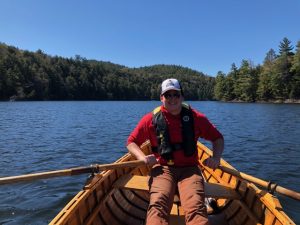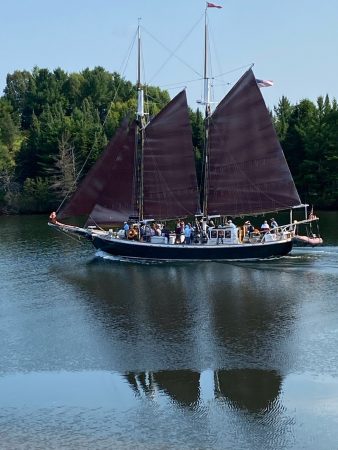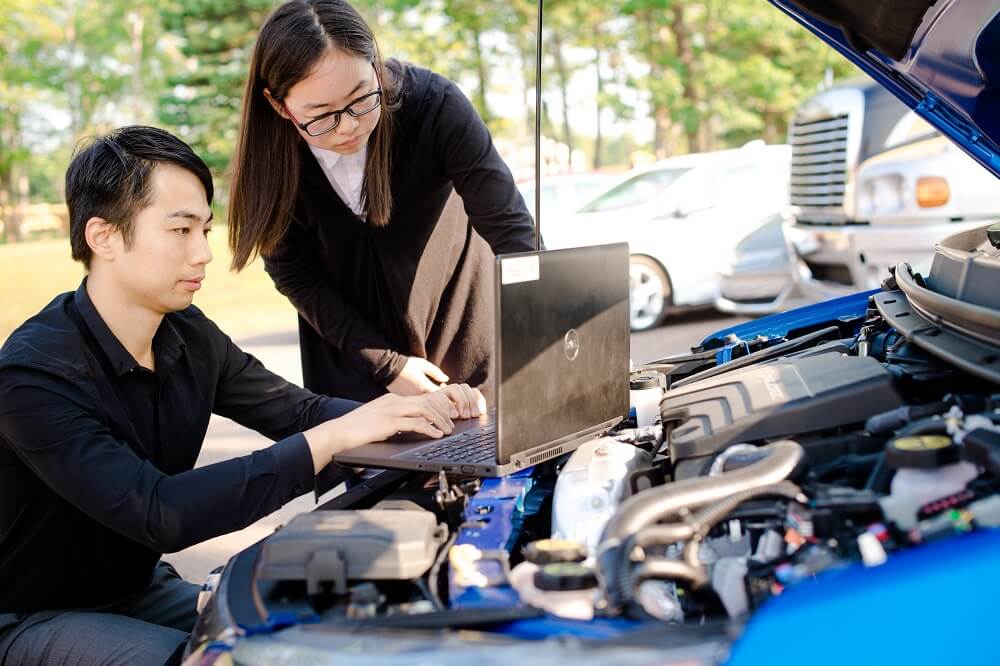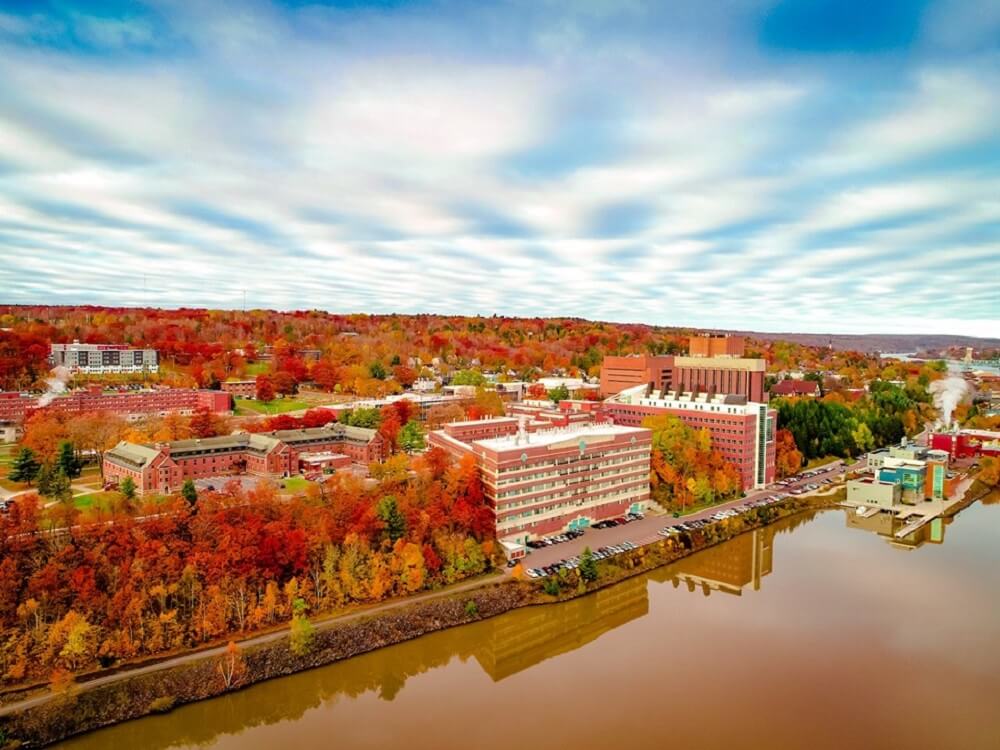
CEGE Undergraduates Awarded Summer Research
Five Michigan Tech civil and environmental engineering undergraduate students were selected to participate in undergraduate research over the summer. The students selected were awarded funding with a 1:1 match from the Department and their faculty advisor. All of the applicants considered were outstanding in advancing new research as well as providing an exceptional research opportunity for our undergraduate students. The following were selected:
Michelle Bollini, advised and nominated by Dr. Judith Perlinger – Michelle worked with her research advisors and mentors Dr. Judith Perlinger and graduate student Enid Partika on the convergence research project, “Bridging Knowledge Systems and Expertise for Understanding the Dynamics of a Contaminated Tribal Landscape System (TLS)”. She assisted in developing methods for the analysis of concentrations of polychlorinated biphenyl compounds and other persistent organic pollutants in fish collected from Lake Superior and Upper Peninsula inland lakes.
Nicholas Kampfschulte, advised and nominated by Dr. Cory McDonald – Nick worked on a paleolimnological study to understand the effects of anthropogenic nitrogen deposition on aquatic ecosystems. They collected sediment cores from three remote lakes in the Huron Mountains in May, and Nick has been performing a variety of laboratory analyses to measure radionuclides and stable isotopes in these samples. Nick and Dr. McDonald are using this data to reconstruct the history of these lakes. Nick is continuing his work in the lab during the academic year. Nick says of the experience: “The opportunity to visit the Huron Mountains was truly a once in a lifetime experience and the knowledge/ experience I’ve gained in the area of radiometric dating is not only invaluable to me as it has grown into a new personal interest of mine, will also be invaluable to me in my career search”
Bobbi Hulce, advised and nominated by Dr. Qingli Dai – Bobbi conducted mechanical performance tests of both recycled plastic-rubber modified and tire steel fiber-reinforced plastic-rubber modified mortar samples. Recycled plastic-rubber aggregates, with mesh sizes from #10 to #18 partially replaced the fine aggregates with three-volume percentages of 10%, 15%, and 20%. Control mortar, mortar with recycled plastic-rubber, and mortar with tire steel fiber reinforcement and recycled plastic-rubber were prepared. The compressive and indirect tensile strength were measured and compared. Fracture strength and fracture energy were measured with the single-edge notched beam test to evaluate the effects of recycled plastic-rubber aggregates and tire steel fibers. The mortar test results will be further improved and connected with the durability performance evaluation. This study will facilitate the recycling of plastics and tire rubbers with concrete production.
Other undergraduate students conducting research this summer were Emily Bergstrom, advised and nominated by Dr. Jake Hiller and Joshua King, advised and nominated by Dr. Zhanping You.
MICUP Program
In addition to the above awards, George Vicente, a civil engineering student at Penn State University, participated in flood hazard mitigation research with Professor David Watkins. Specifically, George tested the flood hydrology tools in FEMA’s HAZUS software to evaluate the ability to simulate the impacts of local flooding, such as the damage resulting from the 2018 Father’s Day Flood. George’s program was co-sponsored by the Office of the Vice President for Diversity and Inclusion, and during his time on campus, he also participated in a course and activities with students in the Michigan College/University Partnership (MICUP) Program.
















